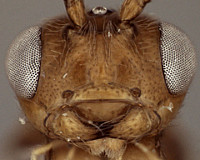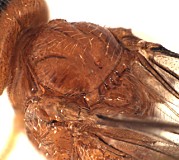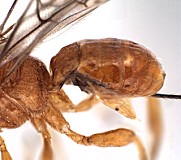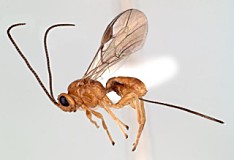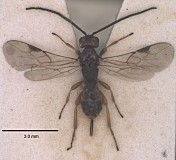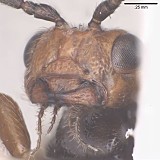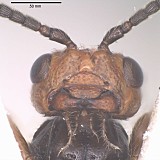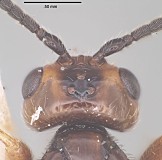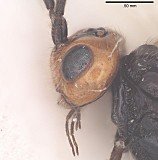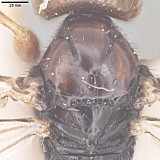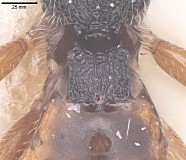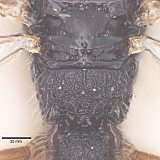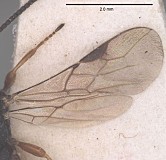Diachasma Foerster, 1862
The three species of Diachasma that attack fruit-infesting Tephritidae are known only from North America. Diachasma muliebre is a western species, and has been reared from the western cherry fruit fly, Rhagoletis indifferens Curran. Diachasma alloeum was for many years known only from the East, where it attacks Rhagoletis pomonella (Walsh). It was subsequently recorded from the state of Washington (see also Forbes et al. 2009). Diachasma ferrugineum is essentially from the northeastern US and adjacent parts of Canada but there is also a record from Florida. It attacks the cherry fruit flies Rhagoletis cingulata (Loew) and Rhagoletis fausta (Osten Sacken). No other members of the genus Diachasma are known to attack fruit-infesting Tephritidae, though at least three of the European species have been reared from hosts representing other fly families.
A key for distinguishing the three North American species reared from Tephritidae is provided by Wharton and Marsh (1978). In addition to separation by hosts and distribution, Diachasma muliebre is known only from females and appears to be thelytokous. The ovipositor is distinctly longer than the body in Diachasma alloeum, and about equal in length to the body in the other two species. Diachasmimorpha mellea , which also attacks the same host (Rhagoletis pomonella) in the same geographical region as D. alloeum, can be readily distinguished from D. alloeum by differences in the clypeus, which is short (broadly exposing the labrum) in D. alloeum.
Species excluded. A specimen in HNHM labeled as the lectotype male of Diachasma rufipes Szépligeti, 1905, is a member of the genus Notiopambolus Quicke and van Achterberg. The valid combination is Notiopambolus rufipes (Szépligeti) (Shirley et al. 2014). Several species of Notiopambolus have been described from eastern Australia (Quicke and van Achterberg 1990, Belokobylskij 1992). It is likely that rufipes is a senior synonym of one of these previously described species, but we are unable to place it at this time
Type locality of the type species: Isle of Wight; holotype in Dublin, probably female (van Achterberg 1997).
Valid genus
Basic information on Diachasma and its included species can be found in the catalog by Yu et al. (2012). Shirley et al. (2014) provide additional information.
